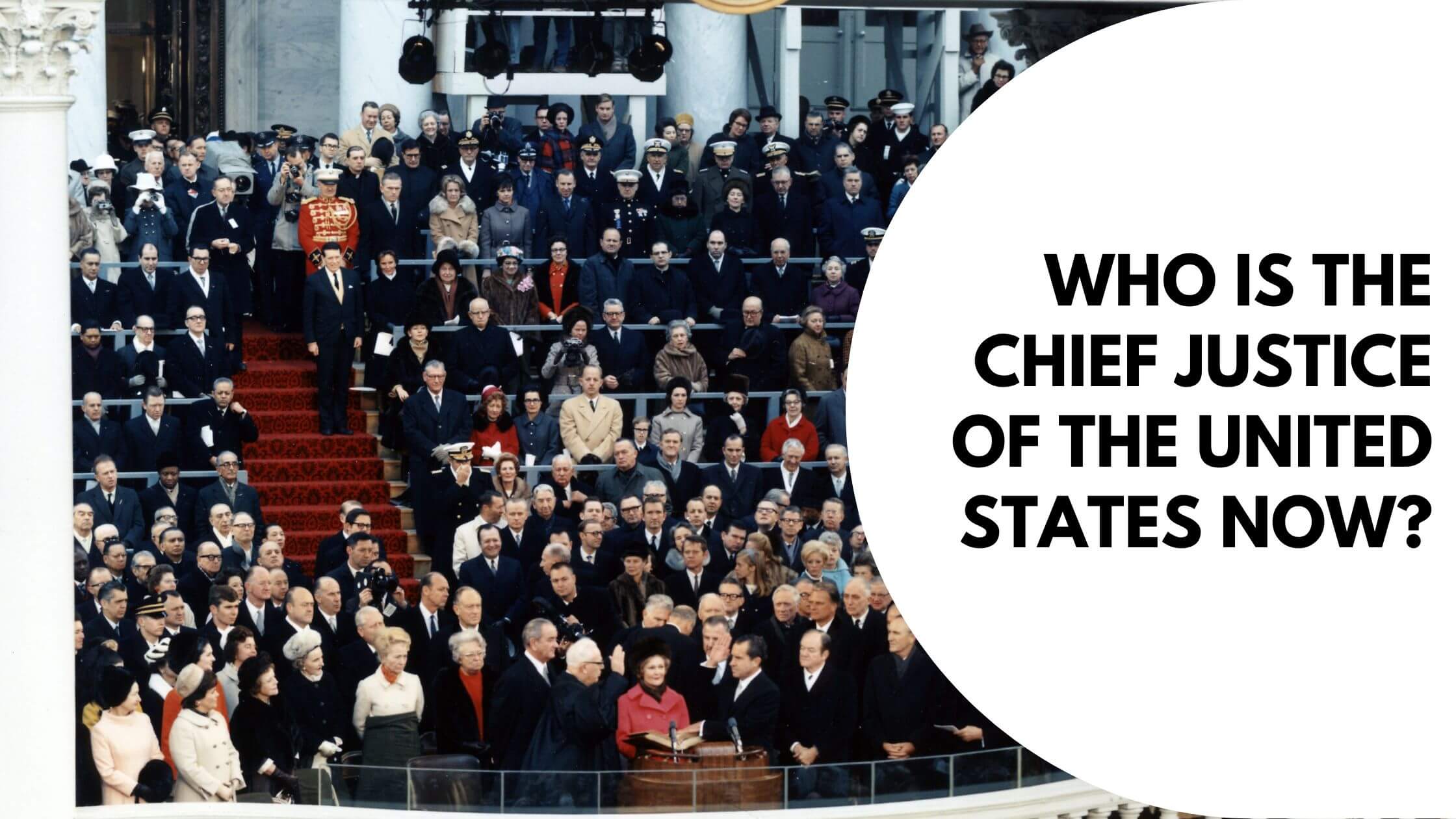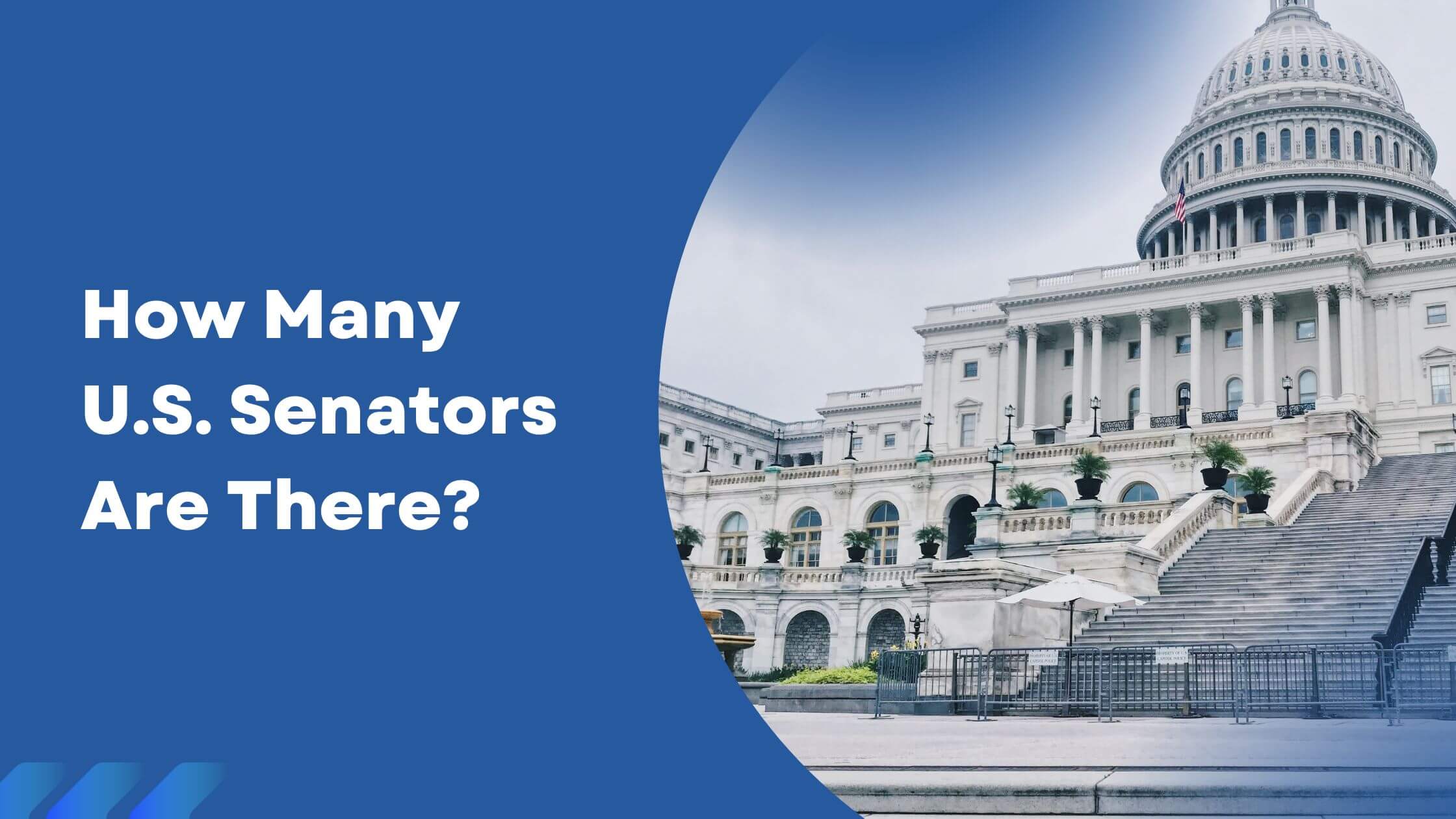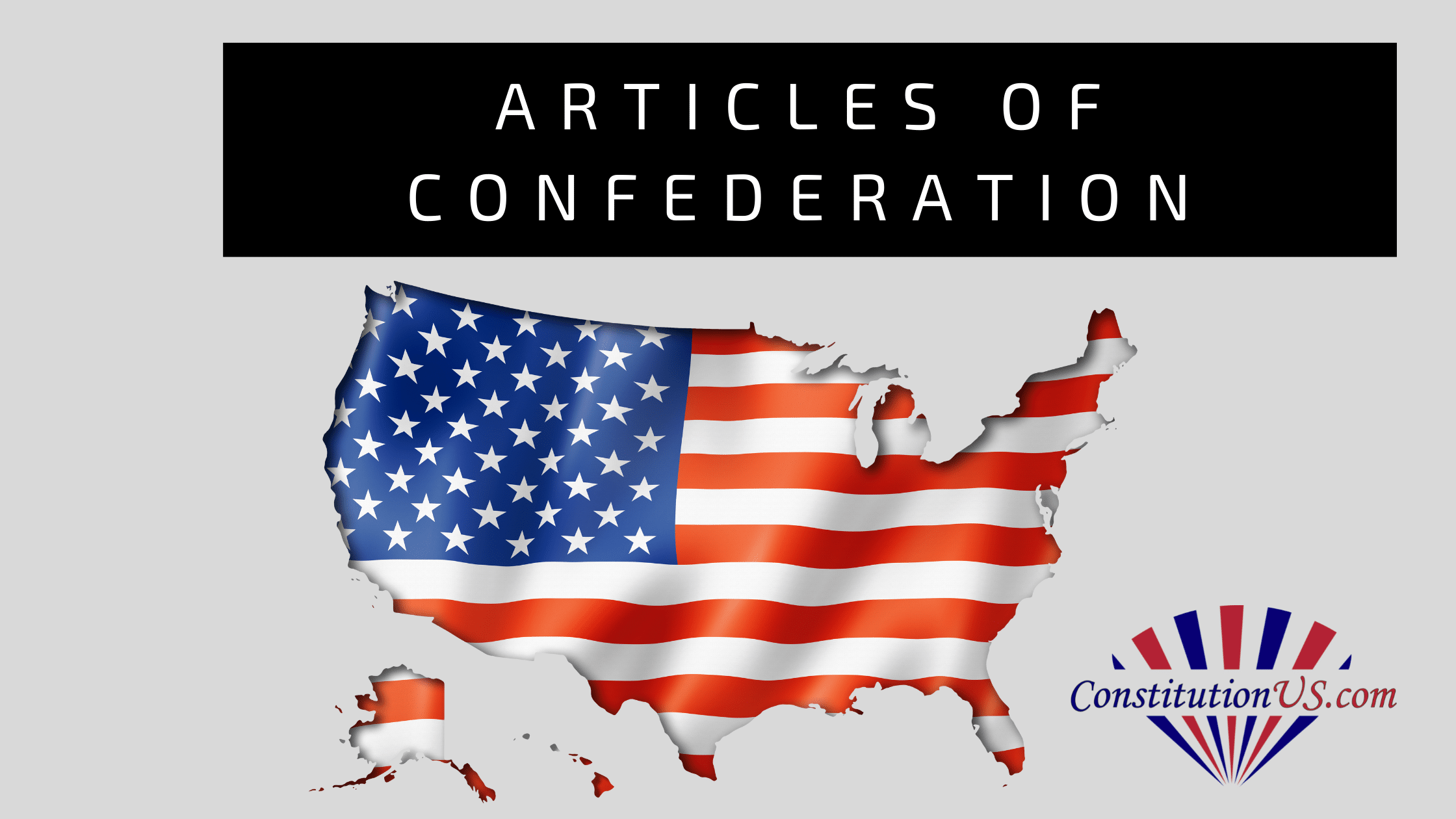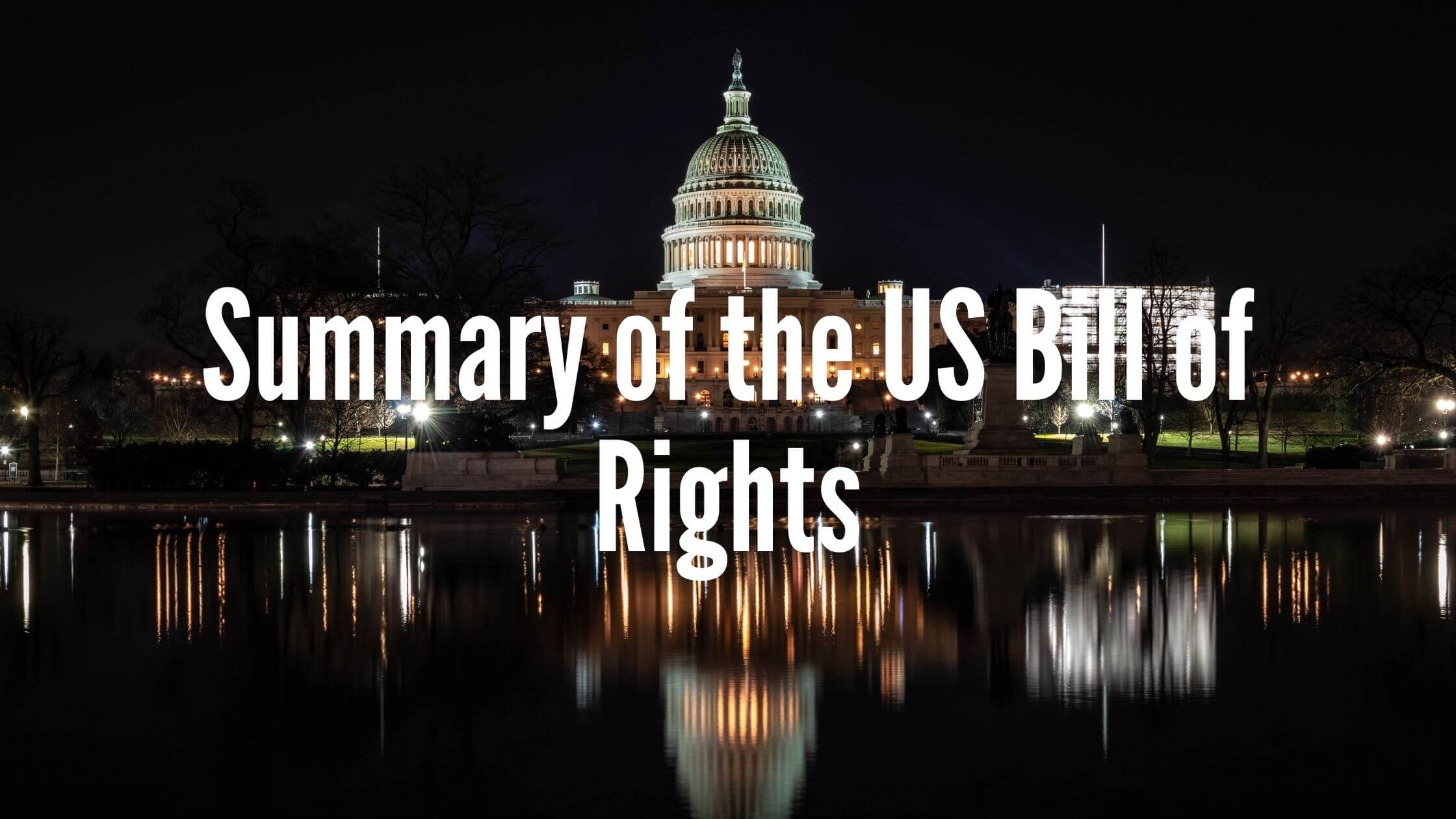Table of Contents
ToggleJohn G. Roberts Jr. is the current Chief Justice of the United States.
He has served since September 29, 2005, after being nominated by President George W. Bush and confirmed by the Senate.
Roberts was previously a judge on the U.S. Court of Appeals for the D.C. Circuit.
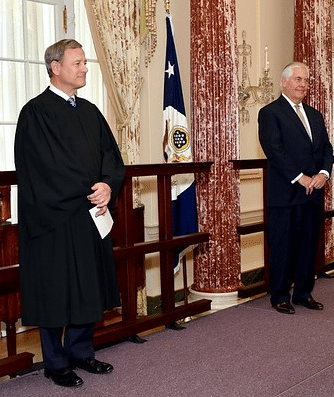
He is the seventeenth person to serve as Chief Justice since the Supreme Court was created in 1789 and continues to hold the position as of October 2025.
John Roberts at a Glance
- Born: January 27, 1955, in Buffalo, New York
- Education: Harvard College and Harvard Law School
- Appointed Chief Justice: 2005 by President George W. Bush
- Judicial Philosophy: Conservative, institutionalist
- Key Cases: NFIB v. Sebelius (2012), Shelby County v. Holder (2013)
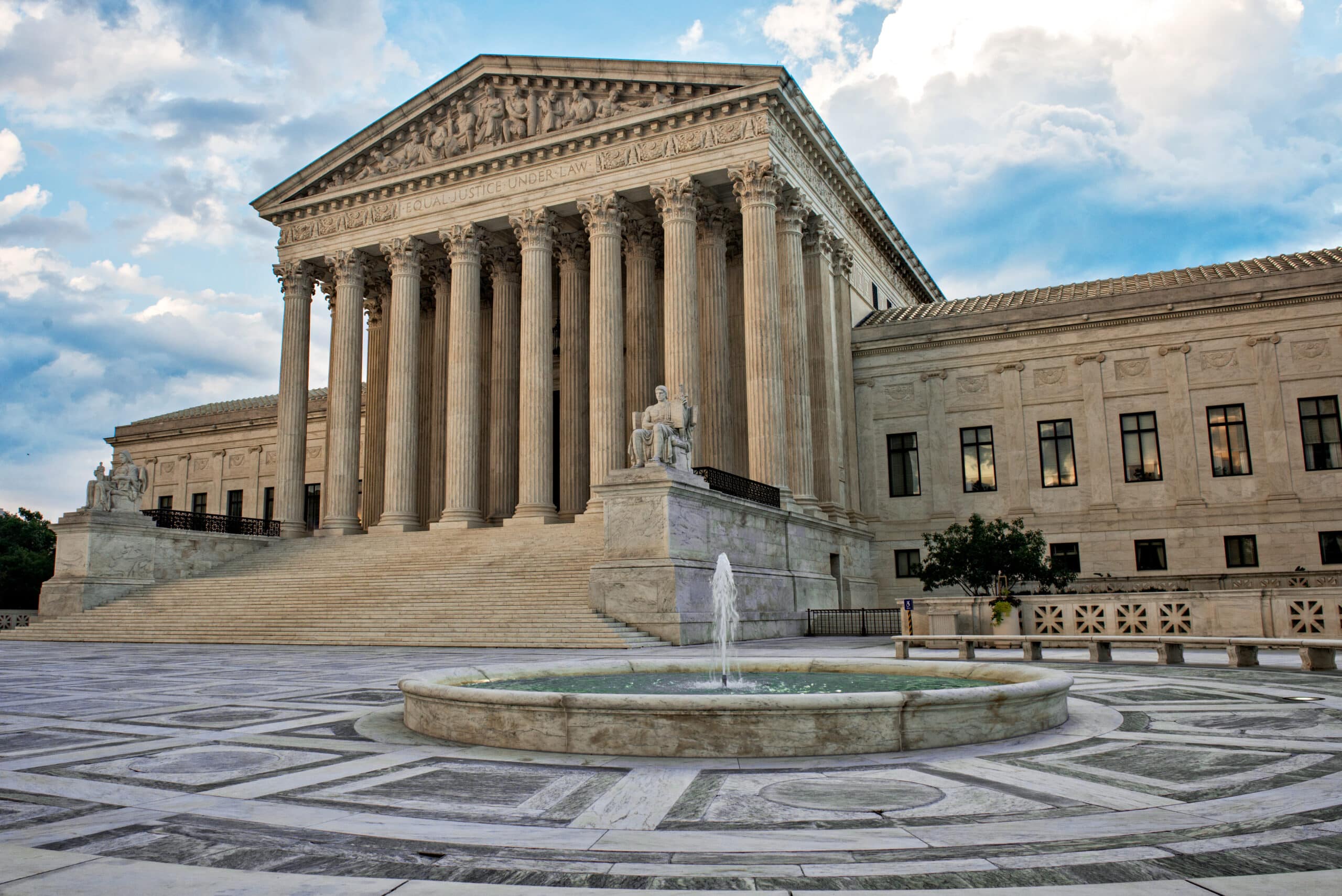
What Differentiates This Chief Justice From All Other Justices?
As Chief Justice, John Roberts leads the Supreme Court and oversees the federal judiciary. His main responsibilities include:
- Presiding over oral arguments before the Supreme Court.
- Voting on cases along with the other eight justices.
- Assigning opinions when he is in the majority.
- Managing the administrative work of the federal courts.
- Administering the oath of office to the President of the United States.

What Does the Constitution Say About the Chief Justice?
The U.S. Constitution briefly mentions the Chief Justice in Article I, Section 3, stating that the Chief Justice presides over presidential impeachment trials.
The Judiciary Act of 1789 later established the position and defined the Chief Justice’s role within the Supreme Court.

Chief Justice Roberts and Presidential Impeachment
Under the Constitution, the Chief Justice presides over presidential impeachment trials in the Senate.
John Roberts carried out this duty in 2020 during the first impeachment trial of President Donald Trump. His role was to ensure the trial followed Senate rules and remained orderly.
Roberts stayed neutral throughout the proceedings, showing his focus on maintaining the Court’s independence from politics.
How Is the Chief Justice Chosen?
The President nominates a candidate for Chief Justice, and the Senate votes to confirm or reject the nominee.
Roberts was confirmed in 2005 by a 78–22 vote after several days of Senate hearings.
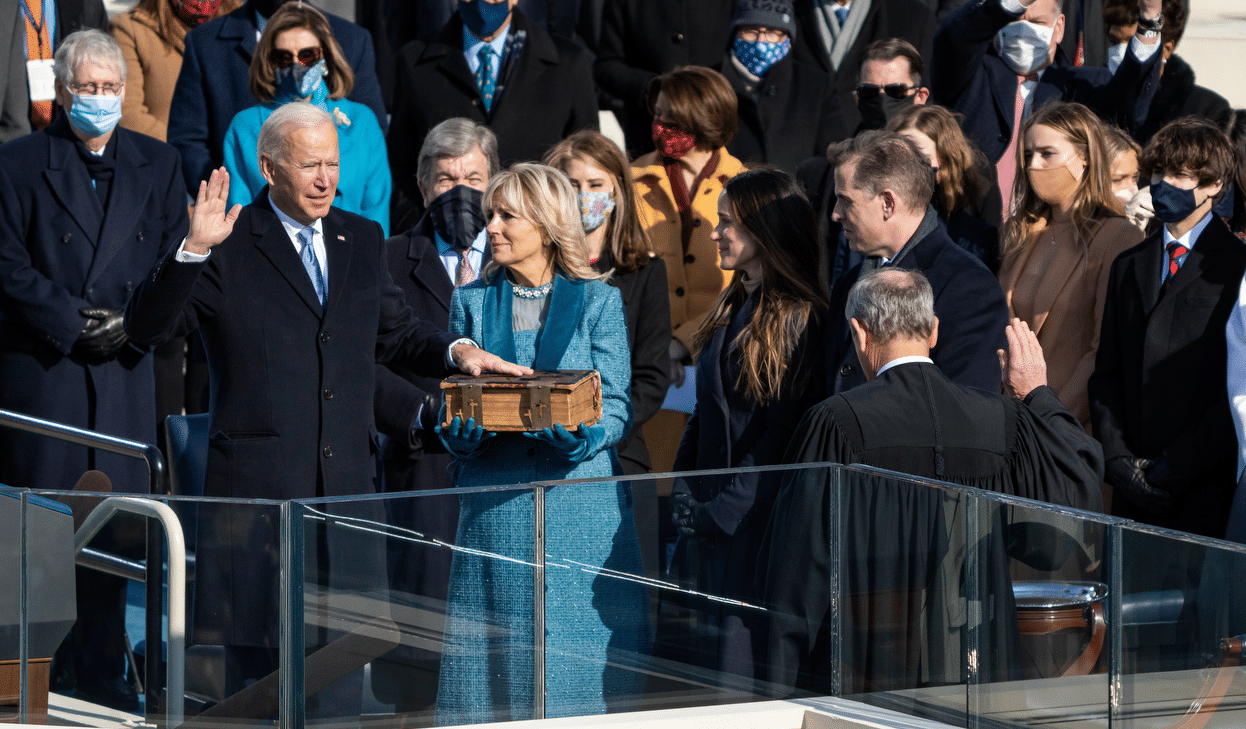
John Roberts’s Background and Judicial Approach
John Roberts was born in 1955 in Buffalo, New York. He attended Harvard College and Harvard Law School, graduating with top honors. Before joining the bench, he worked as a lawyer in private practice and served in the Reagan and George H.W. Bush administrations.
As Chief Justice, Roberts is often seen as a conservative but has sometimes sided with the liberal justices in key cases, emphasizing the Court’s independence and stability. He is known for his careful reasoning and for trying to keep the Court seen as nonpartisan.
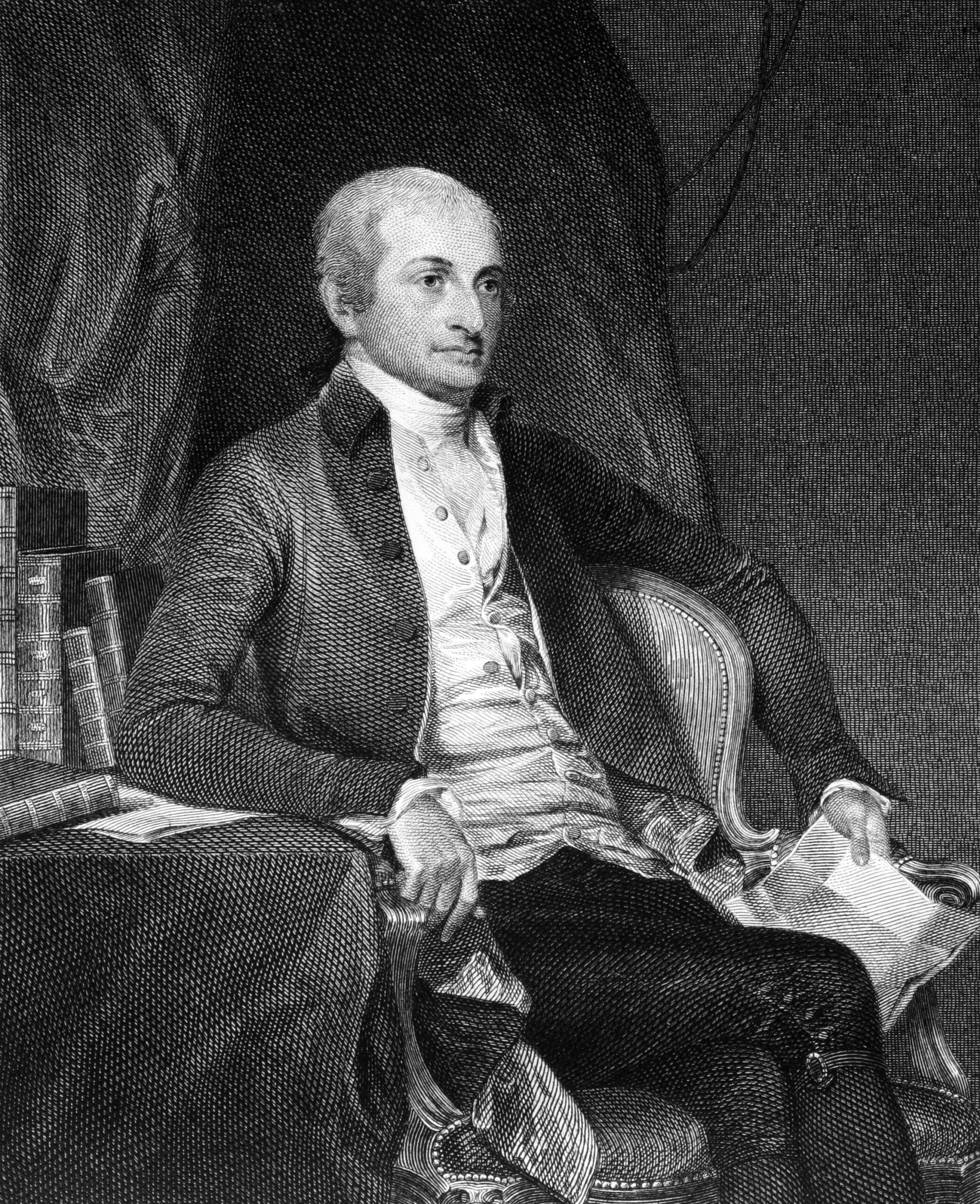
Notable Cases and Influence
As Chief Justice, John Roberts has played a key role in many major Supreme Court rulings.
He wrote the majority opinion in National Federation of Independent Business v. Sebelius (2012), which upheld most of the Affordable Care Act, often called Obamacare.
Roberts also joined liberal justices in Department of Commerce v. New York (2019), blocking a citizenship question on the U.S. Census.
In other cases, he has sided with conservatives, such as in Shelby County v. Holder (2013), which limited parts of the Voting Rights Act.
These decisions show his effort to balance the Court’s image as independent while still maintaining his conservative principles.
Roberts continues to play a key role in shaping major Supreme Court decisions and guiding the Court through a divided political climate.
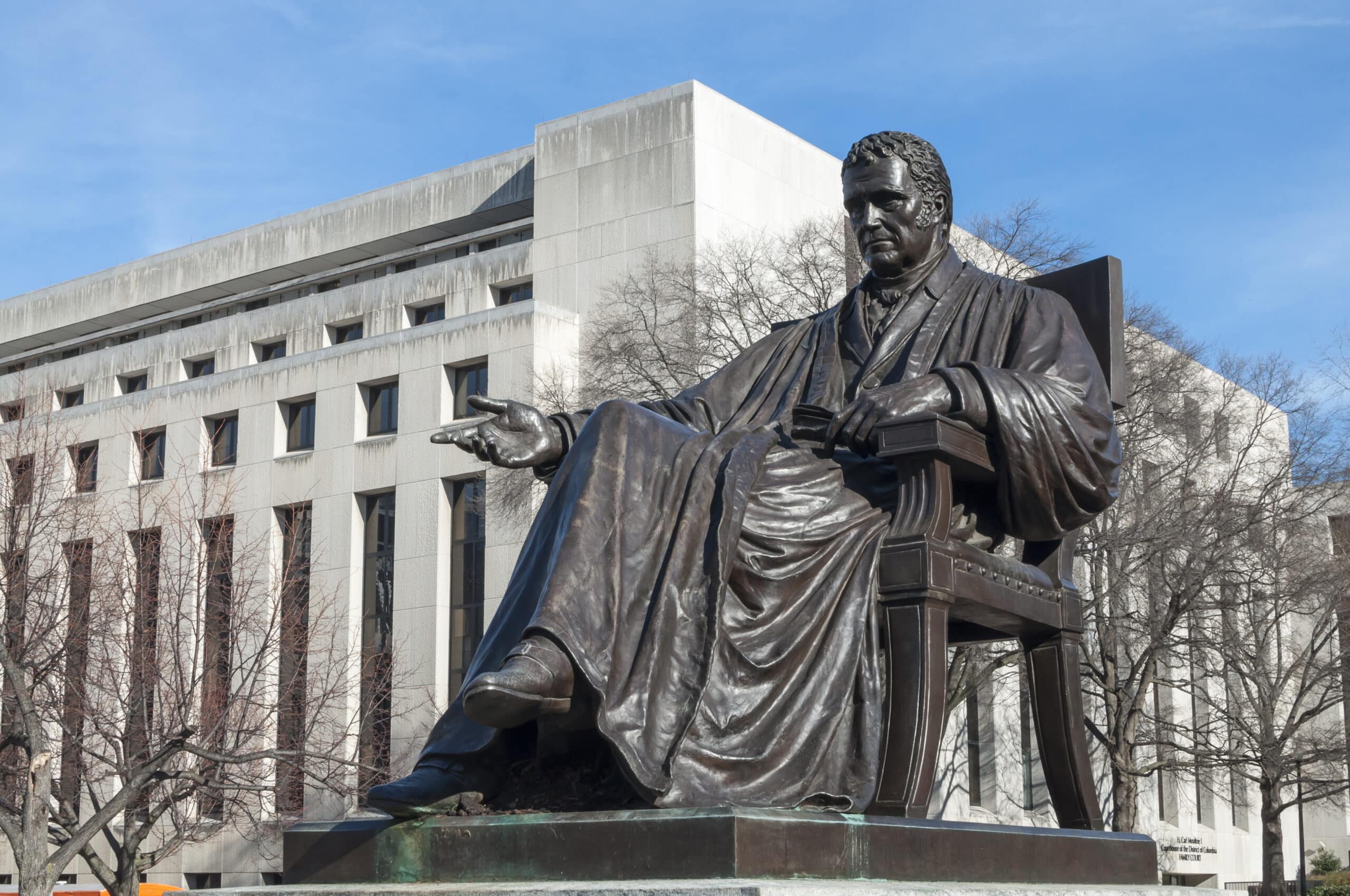
Leadership Style
Roberts is known for his calm and disciplined leadership. He often aims for narrow rulings to avoid large shifts in the law.
He encourages consensus when possible and prefers to protect the Court’s reputation over pushing political outcomes. Many observers see him as cautious and pragmatic rather than ideological.

Get Smarter on US News, History, and the Constitution
Join the thousands of fellow patriots who rely on our 5-minute newsletter to stay informed on the key events and trends that shaped our nation's past and continue to shape its present.
Conclusion
John Roberts remains one of the most influential Chief Justices in modern U.S. history. His leadership continues to shape how the Supreme Court handles some of the nation’s most divisive legal issues.
Further Reading About Chief Justice John Roberts:
- https://www.supremecourt.gov/about/biographies.aspx
Official Supreme Court website providing biographies of current justices, including Chief Justice John Roberts, confirming his tenure and role. - https://www.senate.gov/legislative/nominations/SupremeCourtNominations1789present.htm
U.S. Senate historical data on Supreme Court nominations, including confirmation votes for Chief Justice John Roberts and other justices.
